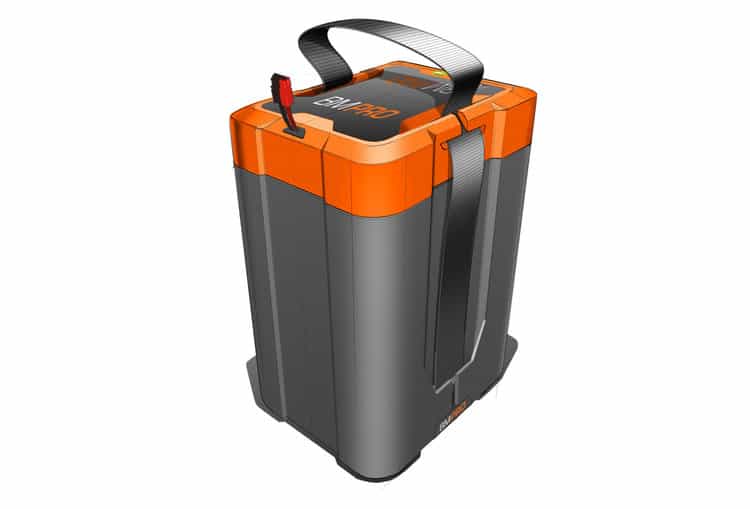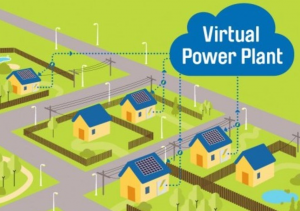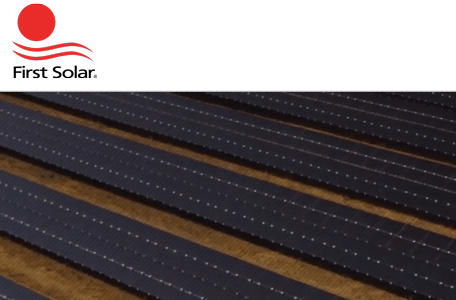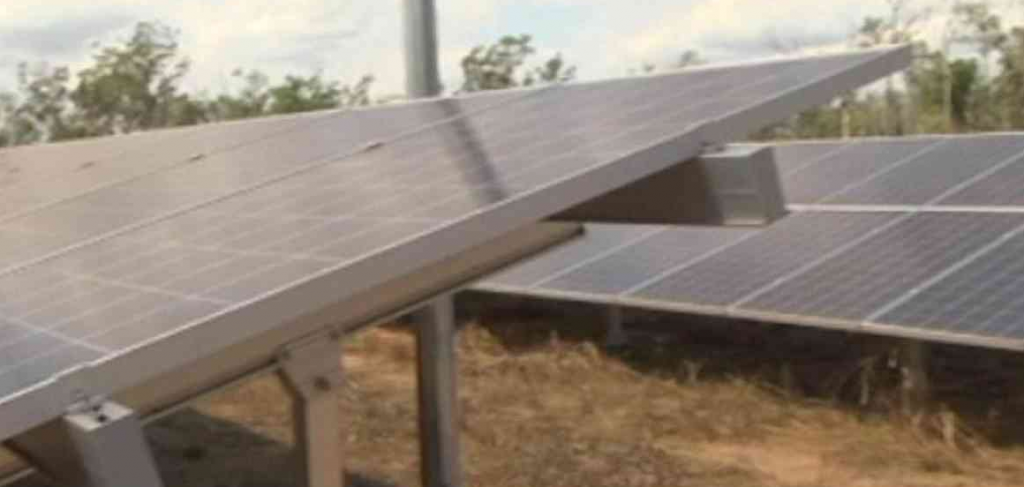Redback Solar news – Brisbane based solar tech startup Redback Technologies has raised $7m in capital from the Clean Energy Innovation Fund. The company will use the investment to expand its R&D, improve its ‘smart software suite’ and hire more staff.
Redback Solar’s Capital Raising
Dynamic Business are reporting that the Clean Energy Innovation Fund (a partnership between the Clean Energy Finance Corporation (CEFC) and the Australian Renewable Energy Agency (ARENA)) has invested $5 million USD (approximately $6.43 million AUD) into Redback Technologies.
Around the same time, Right Click Capital’s Growth Fund has invested $2m USD (~$2.57 million AUD) into Redback along with offering their specialised experience to assist in Redback’s planned expansion into the Asia-Pacific region. The Right Click Capital Growth Fund, as per their website, have ‘deep experience starting and scaling technology businesses’ and are looking to back ‘ambitious technology businesses’ so it looks like a perfect fit.
Right Click Capital Partner Benjamin Chong spoke a little about why they chose to invest in Redback, advising that “The inherent inefficiencies within the energy sector in Australia makes it ripe for disruption. Redback Technologies is uniquely positioned to seize this opportunity, with the power to provide everyday Australians with an alternative, low-cost solution to energy generation, storage and consumption. “We are excited by the solid track record of Redback’s management team and the firm’s ability to leverage technology to provide intelligent energy management solutions for households and businesses in Australia and beyond.”
Founder and MD of Redback Technologies, Richard Livingston, was excited about the investment and spoke about the impact it would have on stimulating Redback Technology’s products, software, and expansion. “This investment will enable us to further develop our next generation energy intelligence platform and devices and further cement our vision to ensure Australian households and businesses are entirely powered by renewables.” Livingston was quoted as saying.
Redback Solar – 2017 Movements
Redback Technologies launched the Redback Smart Hybrid System with EnergyAustralia early last month – with a ‘normal household’ with usage of 8000kWh / year to save around $1,500 a year with the system (4.9kW solar array and 3.3kWh battery). They received $9.3 million from EnergyAustralia last year for this – seeing Redback’s Generation 2 Smart Hybrid System offered to EnergyAustralia’s 1.7 million customers in Victoria, NSW, QLD, the ACT, and South Australia.
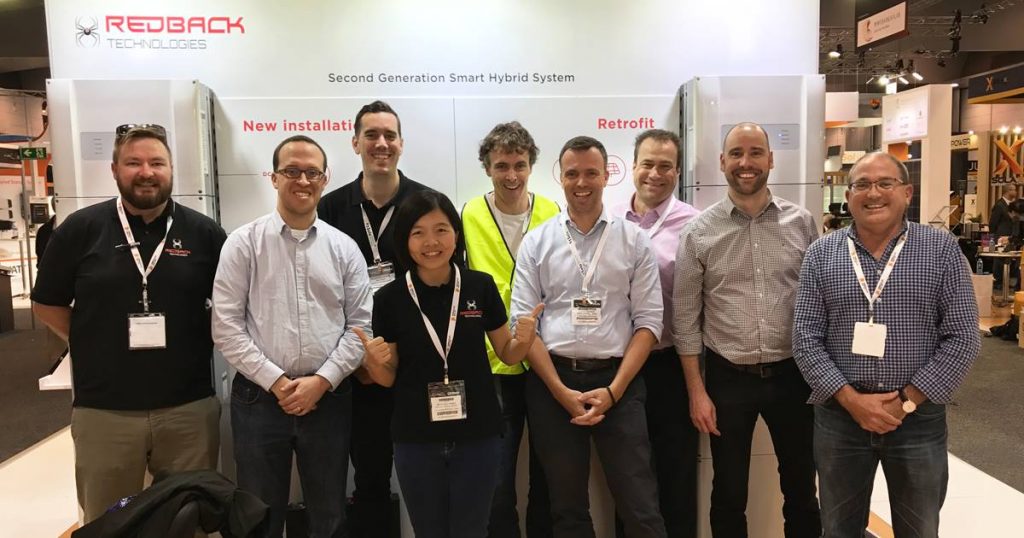
It’s obvious that Redback have a fantastic team and product – they’re growing rapidly and multiple teams have invested in them – we’re excited to see where these Brisbane locals end up!

